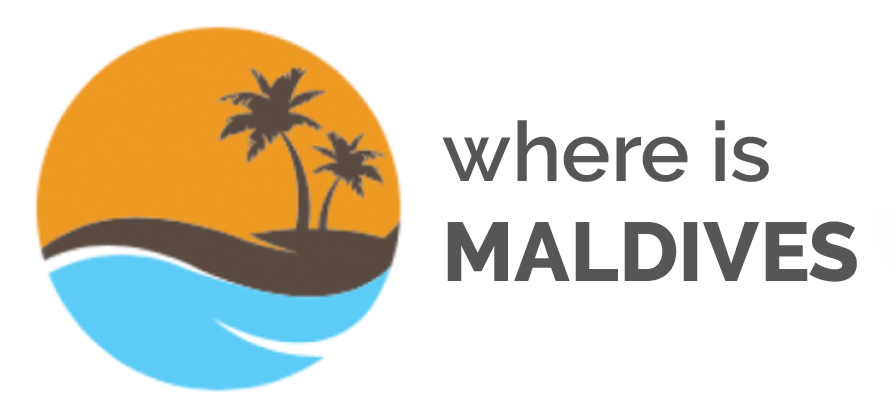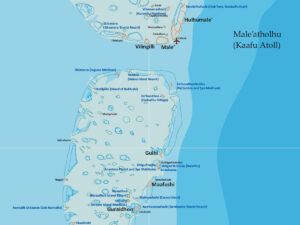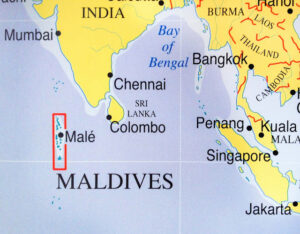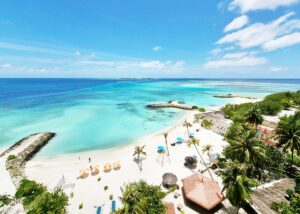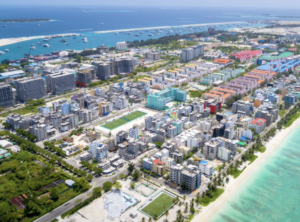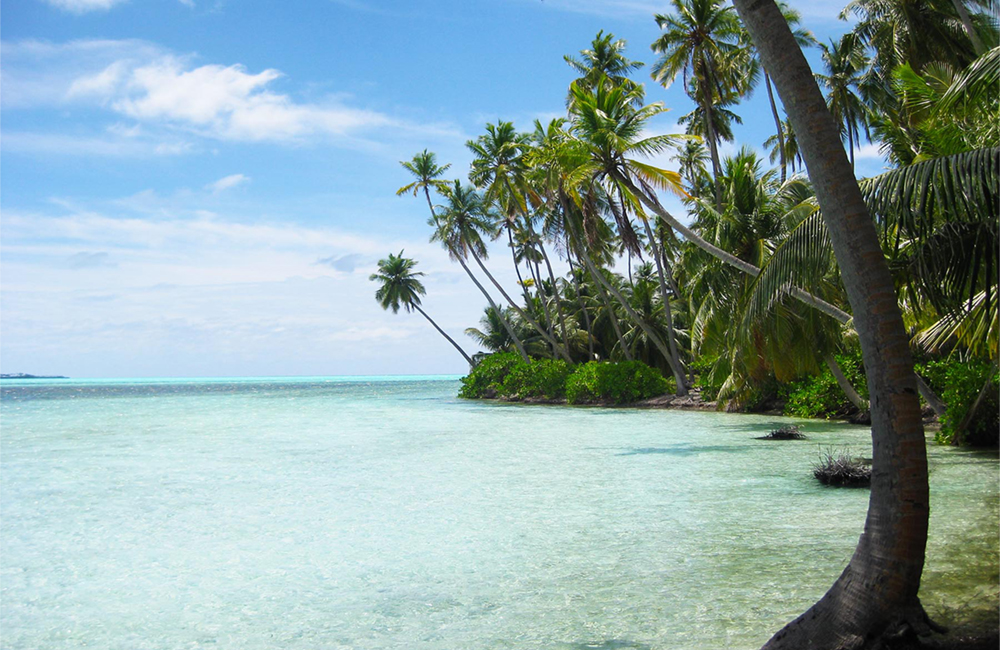
The best time to visit the Maldives would be between November and April when it’s all warm and sunny. It is less humid with ideal breezes and beautiful blue skies. The Maldives is generally warm and sunny year-round. Since it’s in the tropics, the temperature ranges from 34°C during daytime and 26°C at night. Keep in mind that the end of the year is the peak tourist season and the room rates are at a premium and advanced booking is highly recommended.
The best month to visit Maldives would be February as it is the hottest month of the year and perfect for a beach holiday. On the contrary, it is not the cheapest time to go to Maldives but most people are willing to pay the higher prices for great weather. It is an ideal time for long days relaxing at the beach. If budget is an issue, traveling during the low season will be a good idea.
The Maldives has 2 distinct seasons – the Northeast Monsoon which is the Dry Season (December – March), and the windy Southwest Monsoon, the Wet Season (April – November). Due to its location, the Maldives does not experience major cyclones. Frequent rain showers occur during the months of June, July, and August and the storms can pass very quickly. One of the benefits of visiting the Maldives during the wet season is dramatic sunsets after the rain clears.
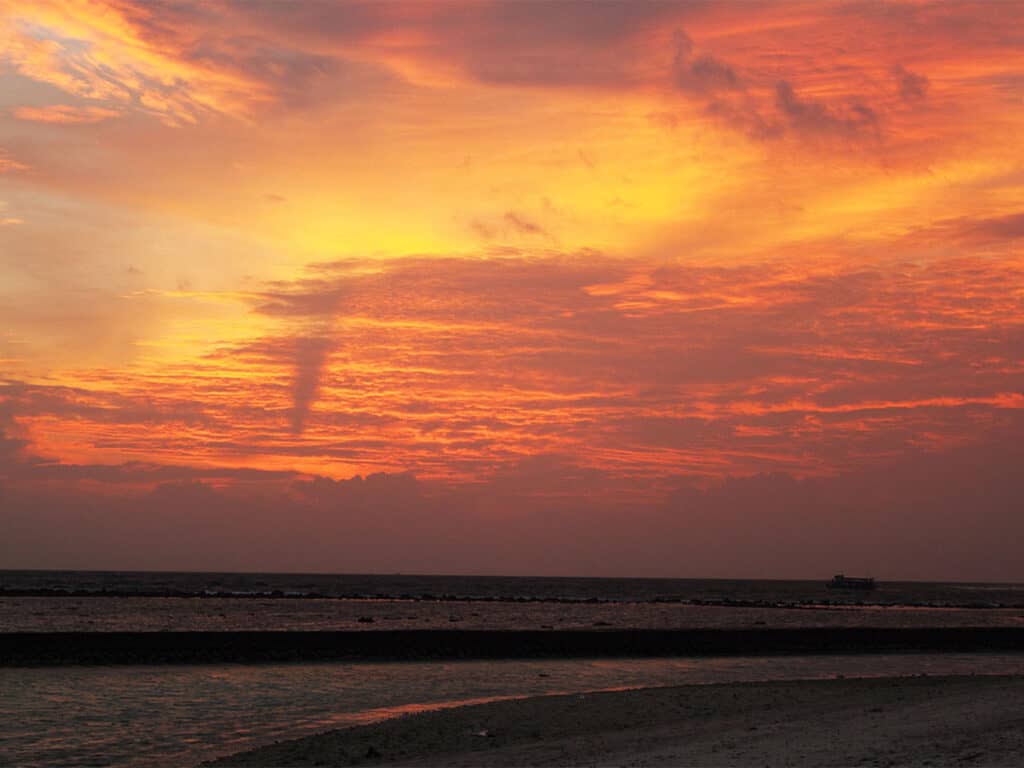
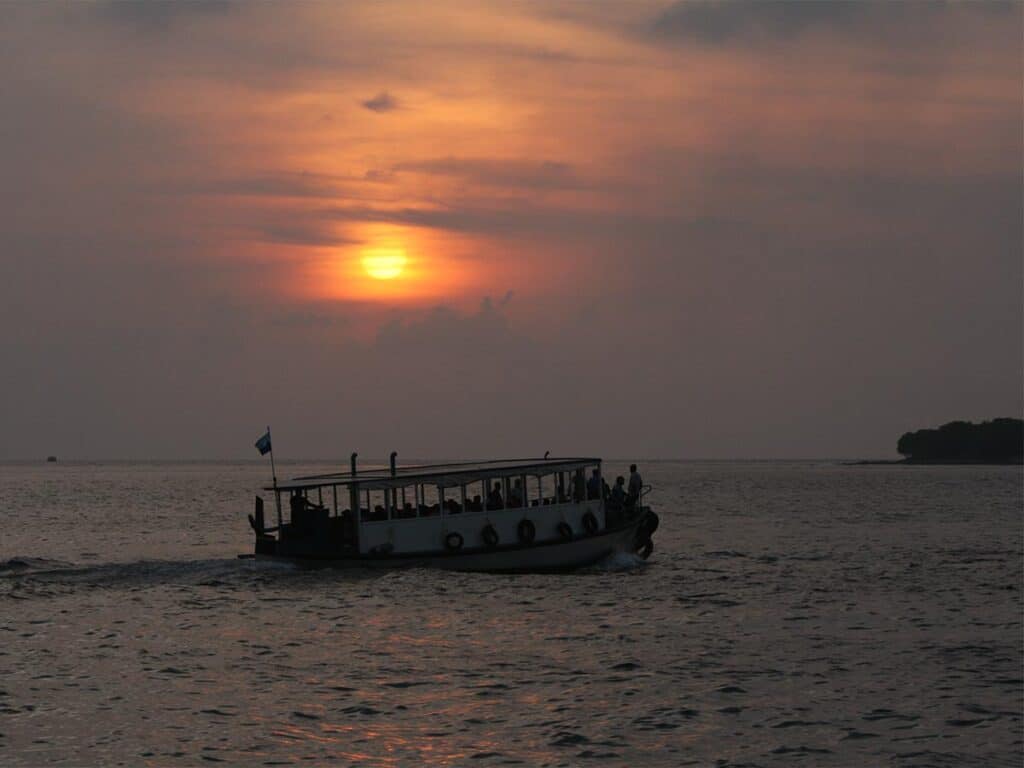
You may we wondering how bad is monsoon season in Maldives ? Heavy rain, rough seas and strong winds are common during the Southwest Monsoon but it is still much less intense than neighbouring countries. Cyclones are extremely uncommon in the Maldives and only 11 have occurred over the last century.
This may sound like there might be a lot of rain. Two days of constant rain is a possibility. It is unlikely that showers extend for a full week. Storms are often brief and the sun is back in a couple of hours. Even during Wet Season it can be hot and humid. The best part is you won’t feel much of the humidity because there is a lot of breeze coming from the ocean since the islands are scattered.
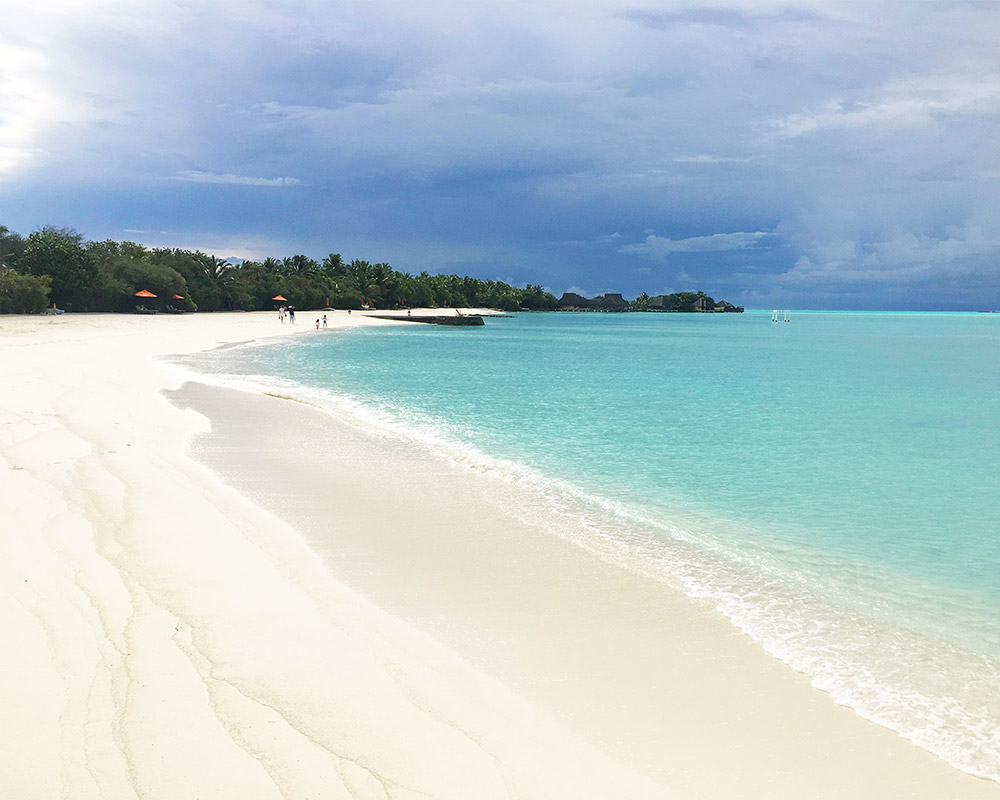
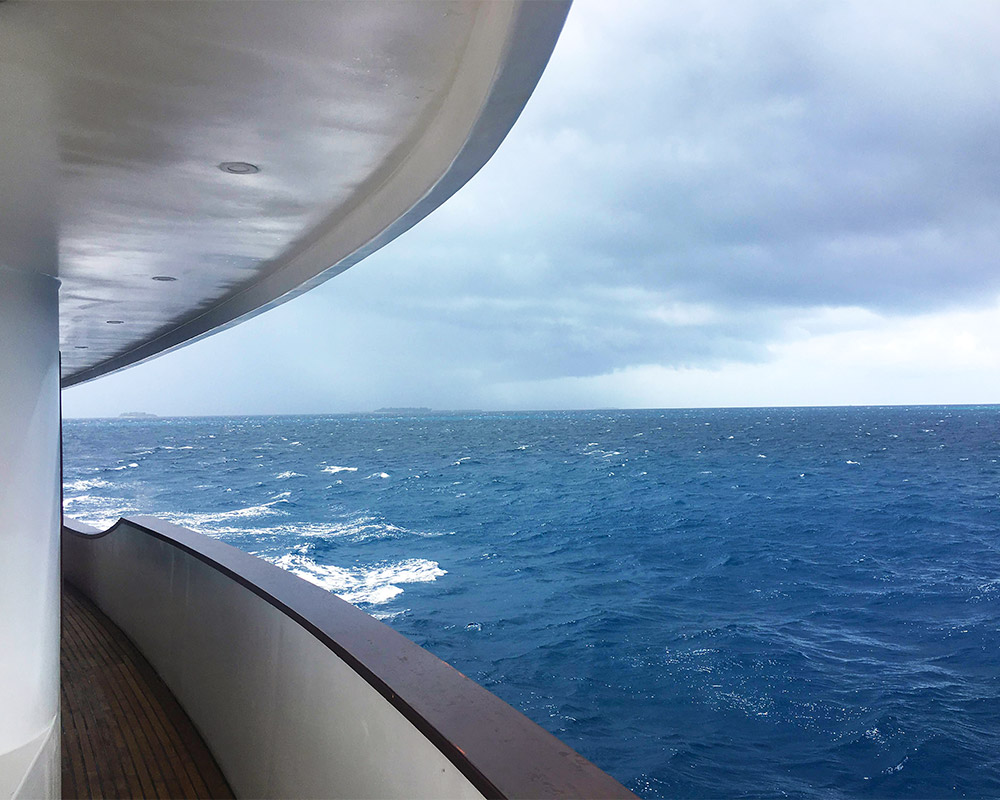
You should plan your visit according to the various things to do in the Maldives. For outdoor activities such as scuba diving, surfing, and watersports certain conditions are needed. There are also other factors affecting the comfort of flying on a seaplane or liveaboard cruising on the open ocean.
So there are pros and cons to visiting depending on the time of the year and what you want to experience.
Here are some of the major activities you can indulge in depending on when you visit.
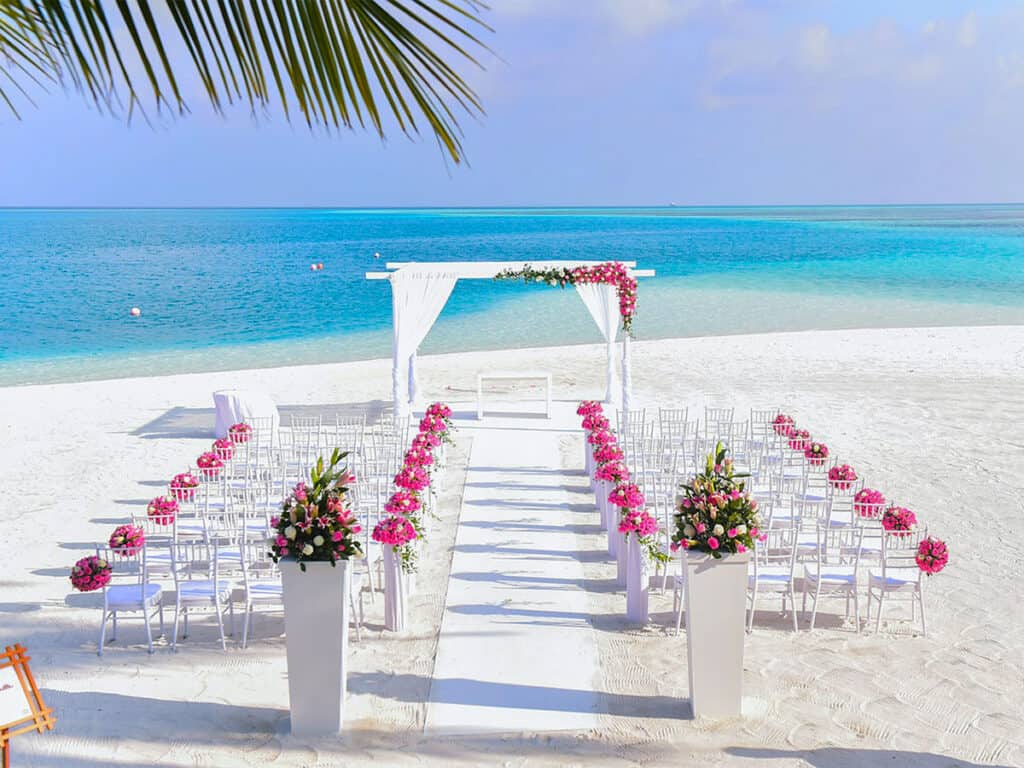
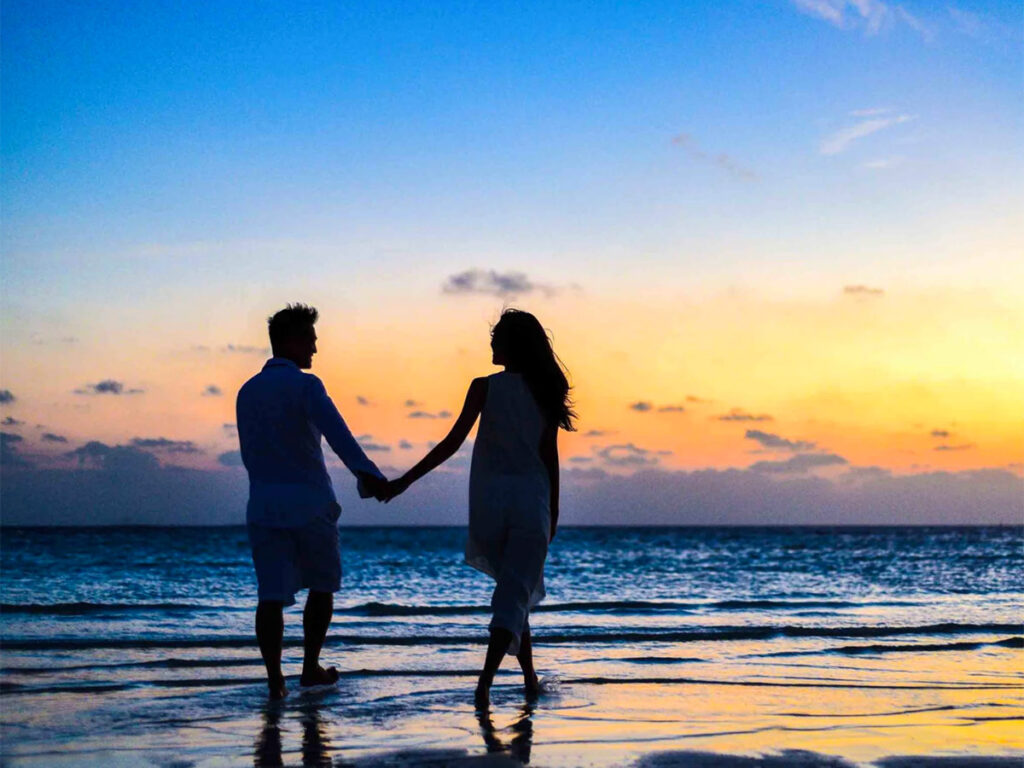
Best Time for Celebrations, Beach Weddings and Honeymoons
December to February is a very popular time to visit the Maldives, as many visitors want to escape the winter in Europe. Prices are especially high over the New Year period. Make sure you book a couple of months in advance. The weather stabilizes in January, resulting in mostly calm and clear sunny days.
It is perfect for celebrating Christmas and new year, beach weddings (symbolic ceremony only, official marriage registration is not possible in the Maldives), or the perfect romantic honeymoon. Check with the resort or travel agency for more details about these events when you make your bookings.
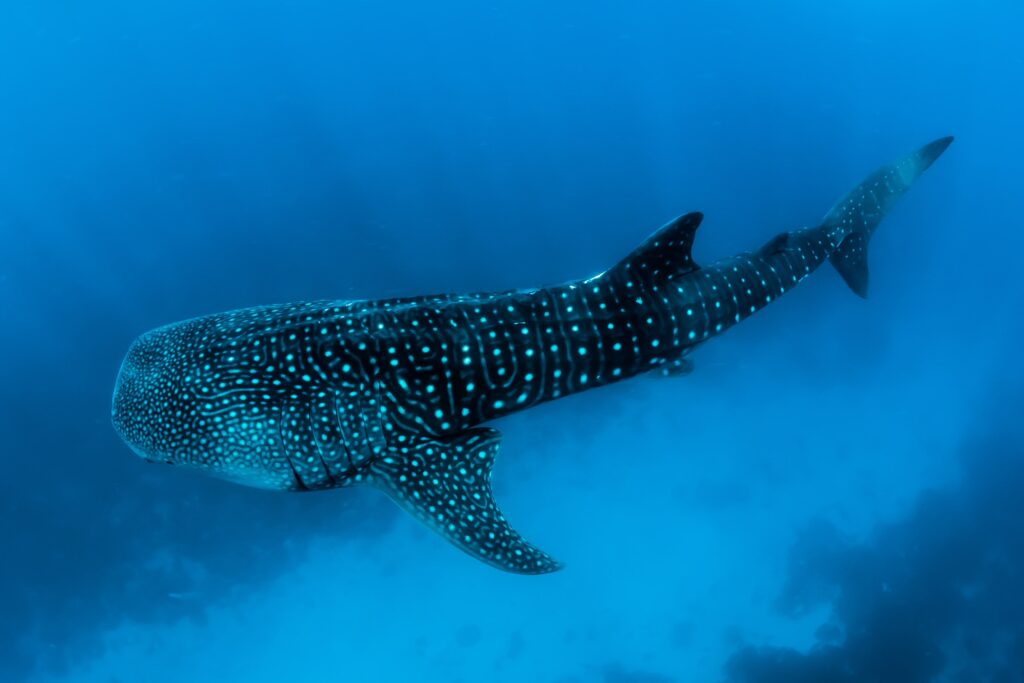
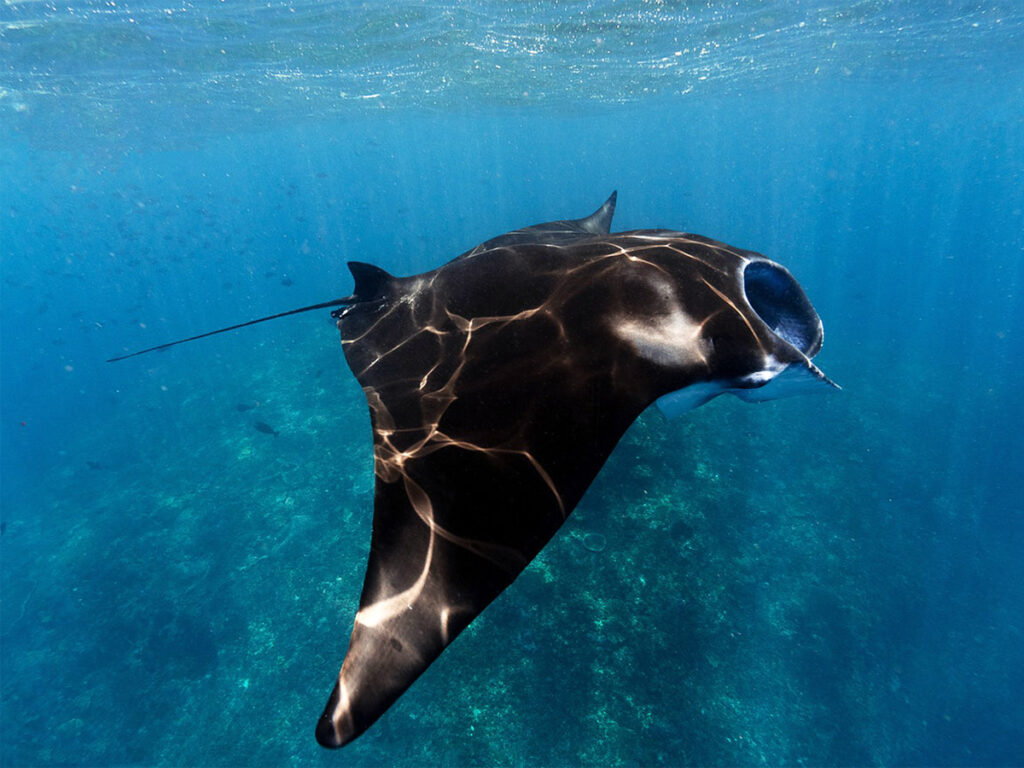
Marine Life Encounters
Whale Sharks
South Ari Atoll is one of the best and guaranteed places to spotting Whale Sharks year round while snorkelling or scuba diving. The peak time to visit is August to November. The best local islands to stay for Whale Shark Tours are Dhigurah, Dhangethi and Maamigili. South Ari Atoll has many luxury resorts to choose from too.
Reef Manta Rays
The most famous locals in the Maldivian waters are the massive reef Manta Rays. The most popular destination to admire these Manta Rays while snorkeling or swimming is at Hanifaru Bay in Baa Atoll from May to November. (Scuba Diving is not allowed at Hanifaru Bay) This could become a 2 in 1 experience because there is a high chance of sighting whale sharks a the bay too.
You can also catch them in South Ari Atoll during the northeast monsoon from September to May with peak viewing time between February and April. Sightings are rare in other months for this region.
Meet them while scuba diving at Lankan Manta Point, if you happen to stay in North Male’ Atoll.
The reef mantas are year-round residents, migrating across the 26 atolls depending on plankton distribution from the seasonal changes. From May to October on the eastern side of the atolls, and from December to March – on the western outskirts of the atolls.
Large Pelagics – Tiger Sharks, Thresher Sharks, Oceanic Manta Rays, Mola Mola, Giant Travelly, Hammerhead Sharks
Scuba diving with Tiger Sharks can be experienced in Fuvamulah Island all year round. If you are lucky, you may have the chance to see 7 types of sharks in a couple of dives such as Thresher Shark, Silver Tips, Black Tips, Grey Reef, Great, and Scalloped Hammerhead Sharks, and also the majestic Whale Shark.
You can also catch the giant Oceanic Manta Rays at Fuvamulah and Addu Atoll starting from March to end of April.
You can also catch Hammerhead Sharks at Rasdhoo Island, North Ari Atoll.
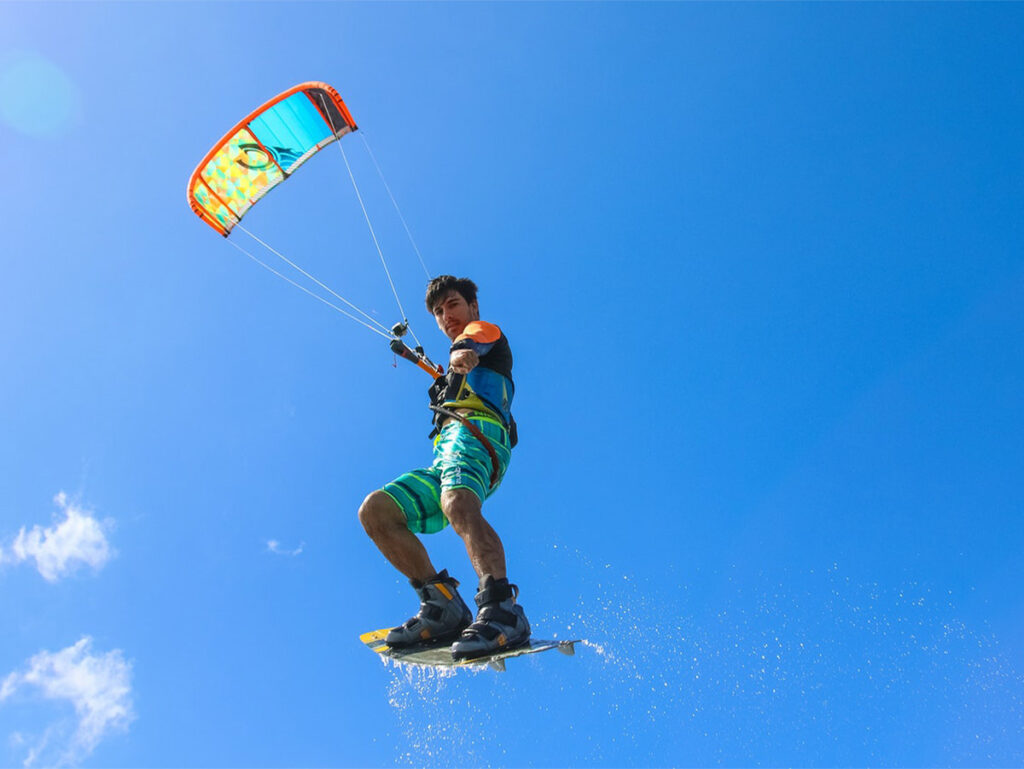
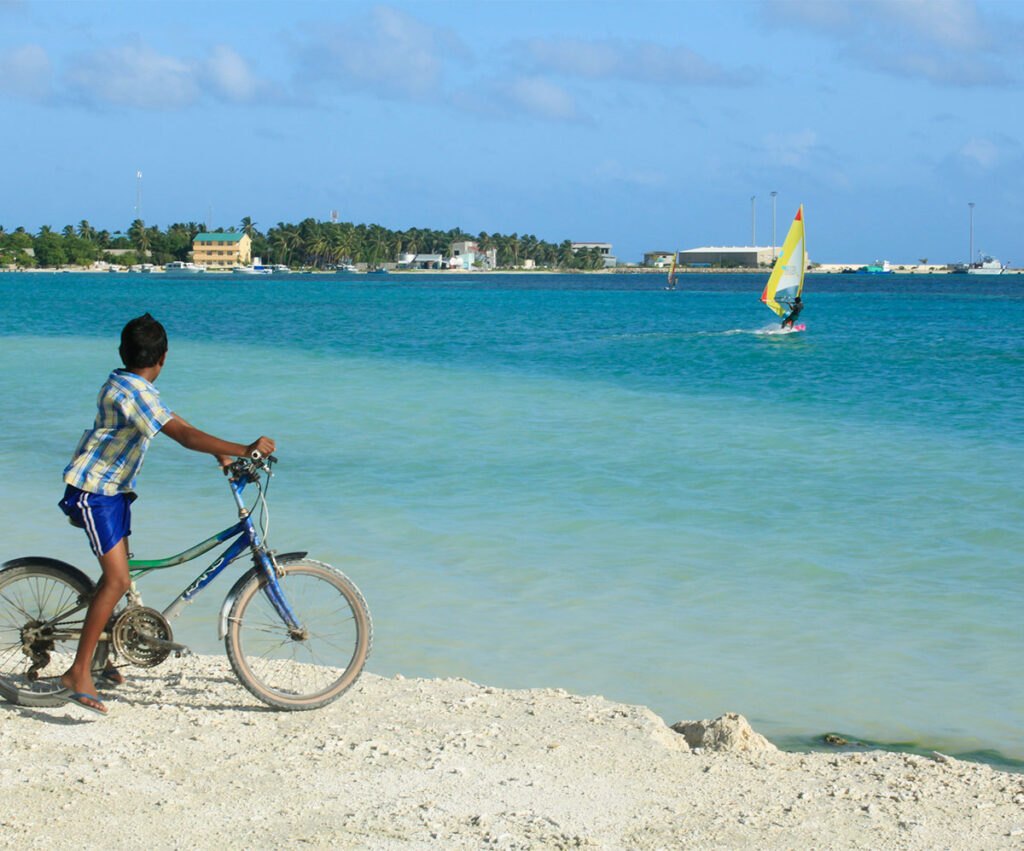
Kite Surfing and Wind Surfing
The kite surfers and windsurfers will prefer more windy weather. The best time for a kitesurf holiday to the Maldives is between May and October when the south-westerly winds arrive. These winds average between 15 and 22 knots. Only some of the islands have lagoons that face the wind and have kitesurfing gear rental and lessons.
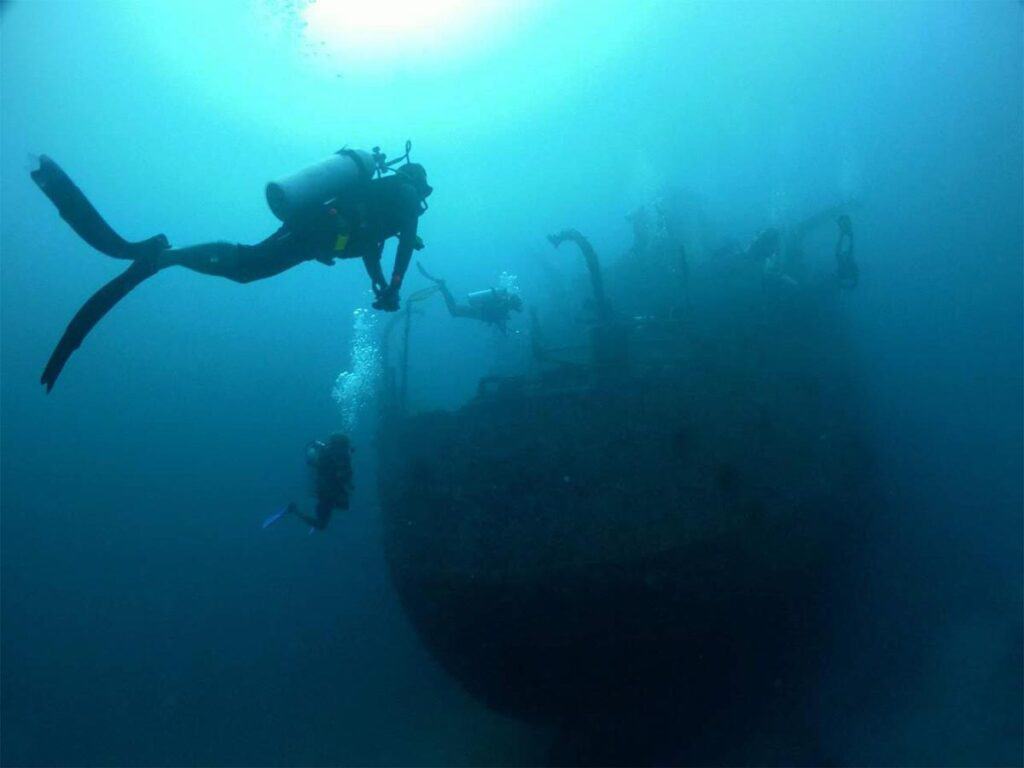
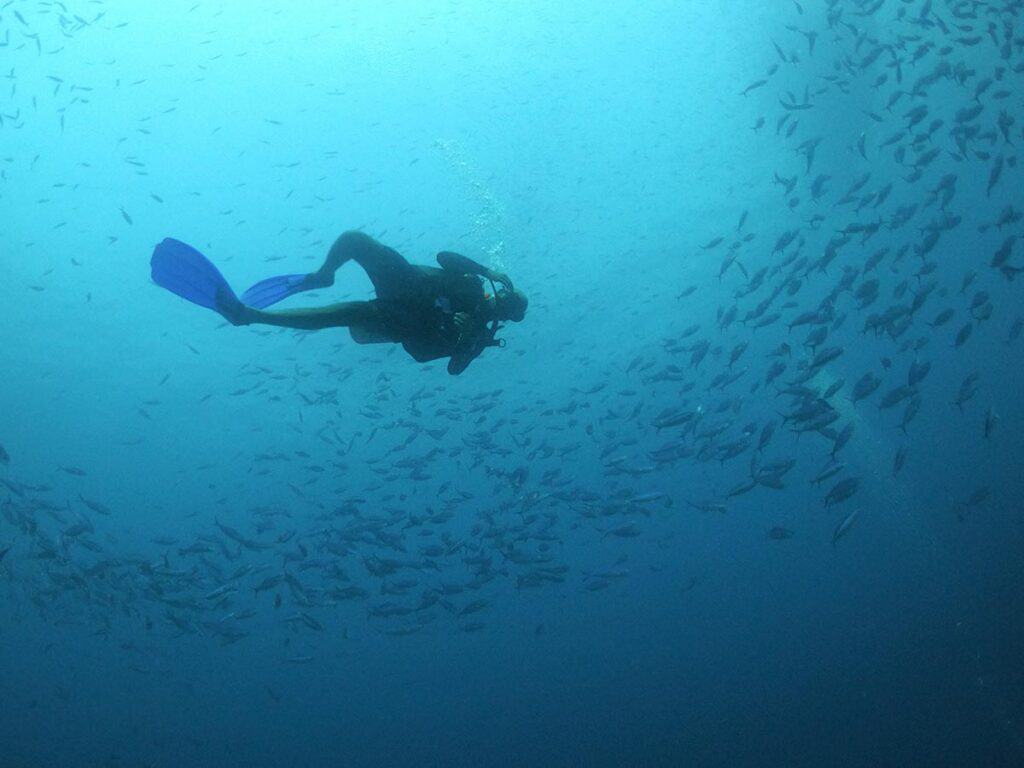
Scuba Diving
Scuba diving is good year-round, although a basic rule is that life on the reef is more varied and visibility better on the western side of any atoll from May to November and from the eastern side of any atoll from December to April.
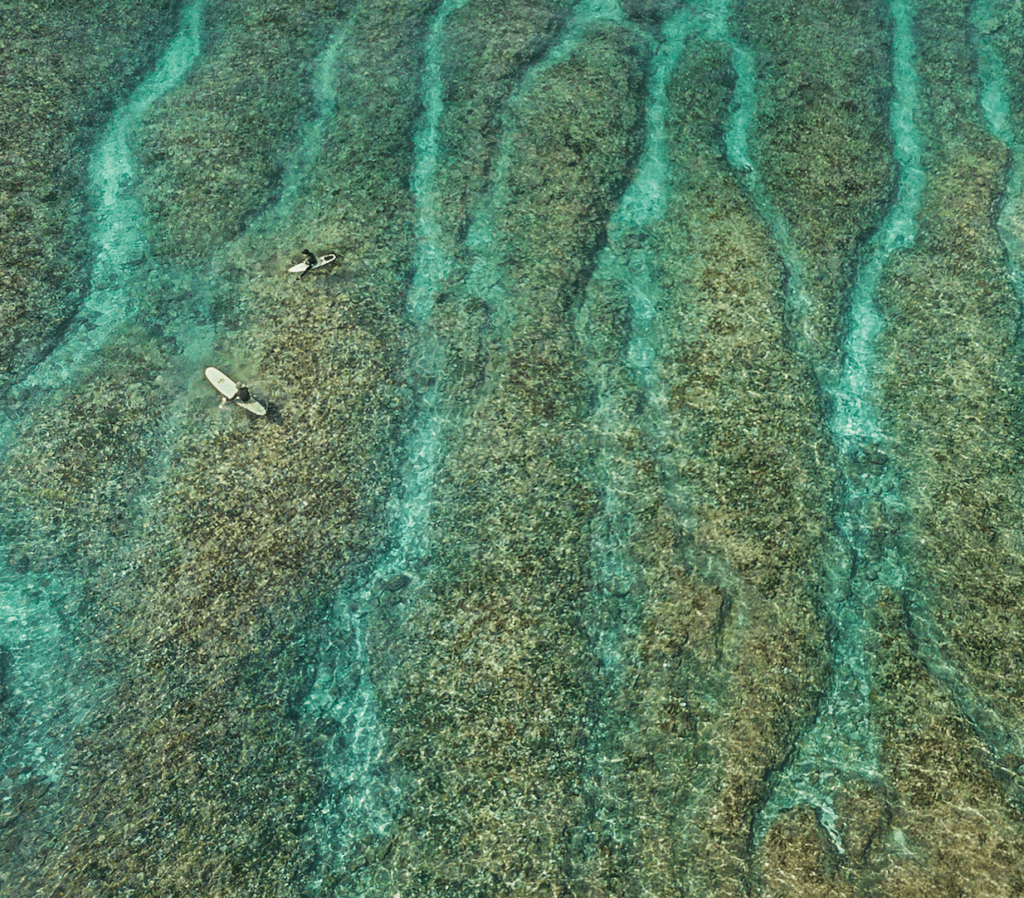
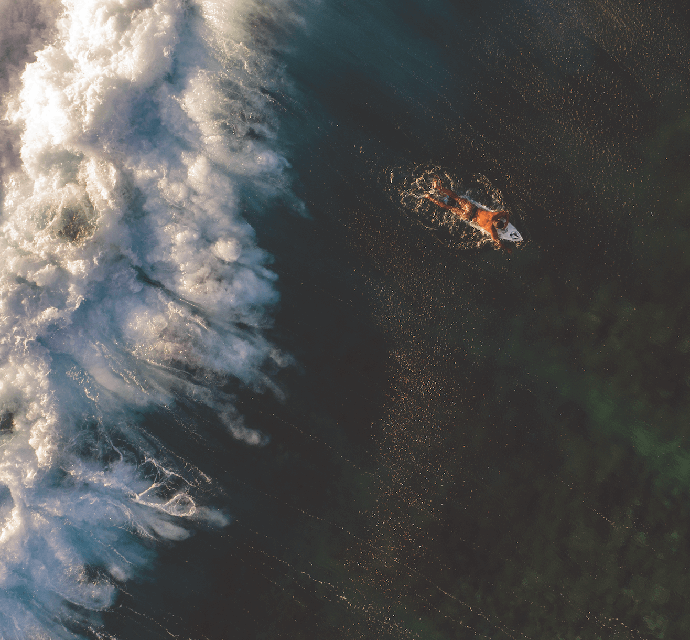
Surf Season
The surfing season begins from March to mid-November with the best waves coming in during March to May. The average size of the reef breakers ranges from 4-5 feet and sometimes goes as high as 7-8 feet. This is the tourist low season and accommodation is the cheapest. Doing a surf tour on a liveaboard is also a great option.
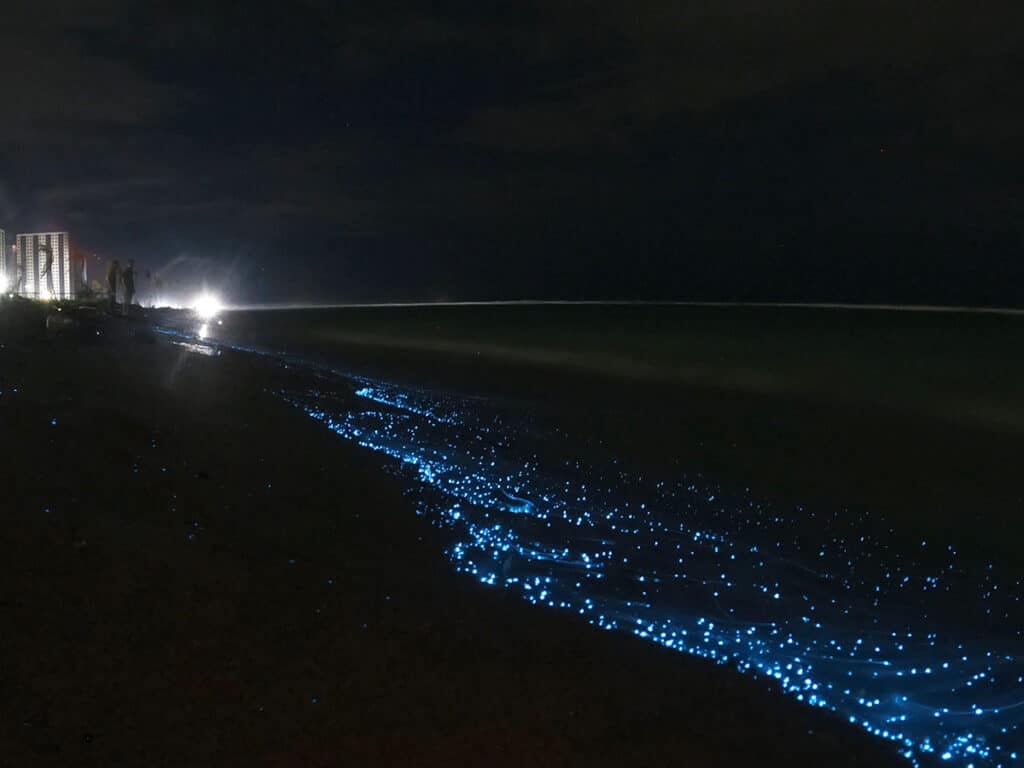
Bioluminescence Plankton
Witnessing the natural phenomenon of bioluminescent planktons lighting up the beaches at night should definitely be on your bucket list. This nighttime spectacle occurs in warm coastal waters due to the presence of millions of marine microbes known as phytoplankton in the water. Sometimes it is also referred to as the ‘Sea of Stars’ because the movement of the waves create a shimmering effect that looks like the water is full of stars.
The Maldives is one of the famous locations to observe this phenomenon. Almost every island is visited by glowing plankton but it is still not as straightforward as you might think. You will need luck, patience, and the currents to be on your side. The bioluminescence can only be seen in turbulent water, such as in the waves on the shoreline or when a boat passes through them. It can also be observed after stirring the water with your hand or foot.
From June till the end of the year, there are greater volumes of plankton moving around in the Maldivian waters, so there’s a high possibility of catching them. It can actually be seen in many locations but the most well-known spot is the local island of Vaadhoo in Raa Atoll, between June and October. Most photos you see on the Internet are from that island. You will find a bunch of accommodation options on the island too.
They were even sighted at Hulhumale’ Island in December 2020, next to the capital city of Male’. This is proof that you it’s possible to spot this phenomenon almost anywhere, and not just in remote islands. The challenge is to put yourself in the right place at the right time. It is difficult to predict and this is something that typically occurs far out in the ocean. It only appears near the beach when tidal currents cause large numbers to be washed towards the shore.
Planning you trip solely around this natural event is not advisable as nature is unpredictable. Seeing the Sea of Star should be a bonus to your beach holiday.
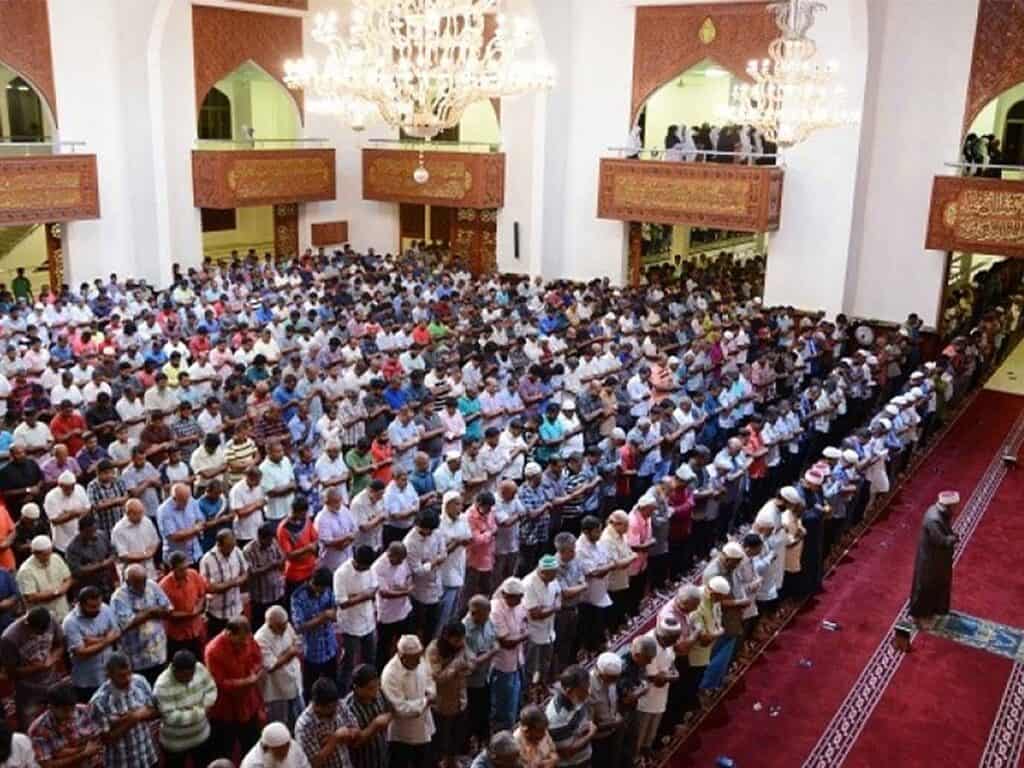
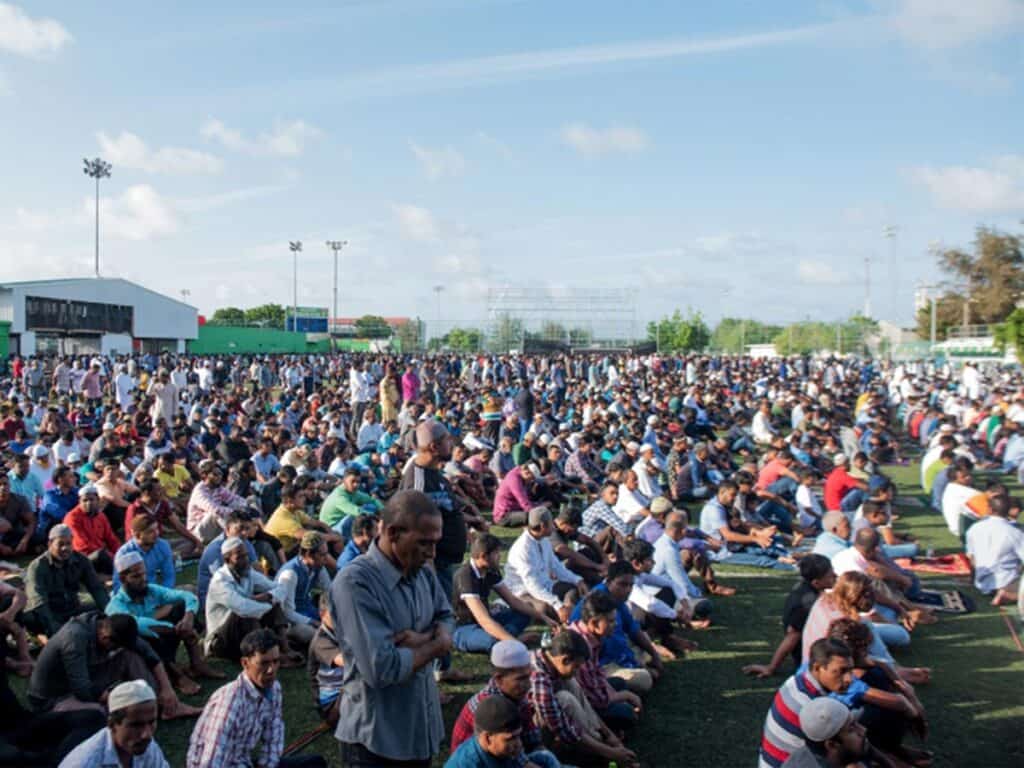
Ramadan and Eid al-Fitr Celebrations
If you chose to stay in Male’, Hulhumale’ or one of the local islands, you will be able to experience the way of life during the Muslim fasting month of Ramadan. The Maldives is a 100% Muslim country, so the festivals are based on Islamic traditions. This year fasting starts on 22nd March to 20th April.
Huge dinners are prepared daily for 30 days in every single restaurant and household to celebrate the breaking of the fast at sunset. It’s a great opportunity to try the food and experience the culture.
Eid al-Fitr is celebrated after the 30 days of fasting. It is an important Muslim festival to make the end of Ramadan. Early in the morning of the day, people gather in the mosques for a special prayer. All families will have a special lunch during the afternoon. It is a three-day-long celebration, which is observed as a public holiday.
Visitors must be aware that if you are visiting a local island or the capital city of Male’, even if you are non-Muslim, you should not consume food openly in public during the day. And the restaurants and cafes in these local islands will be closed for the general public until 6 pm, except for the ones inside the guesthouses or hotels that cater to tourists.
On the contrary, tourists visiting the island resorts during the holy month will not experience anything different from the rest of the year. Meals and alcohol are served as usual.
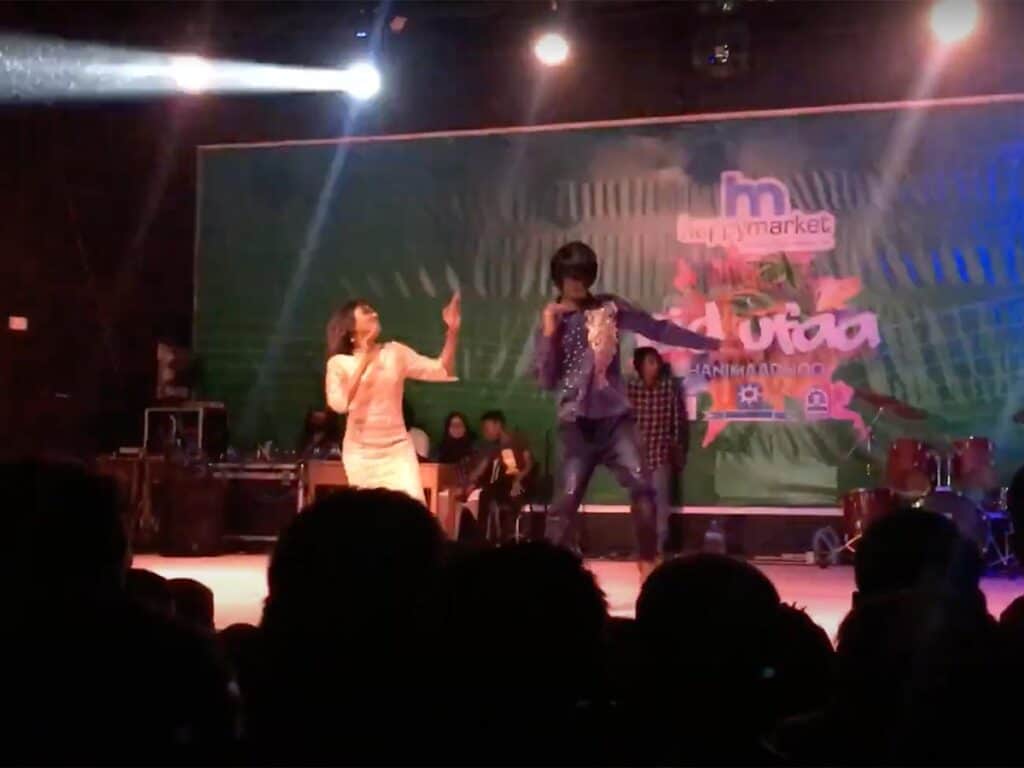
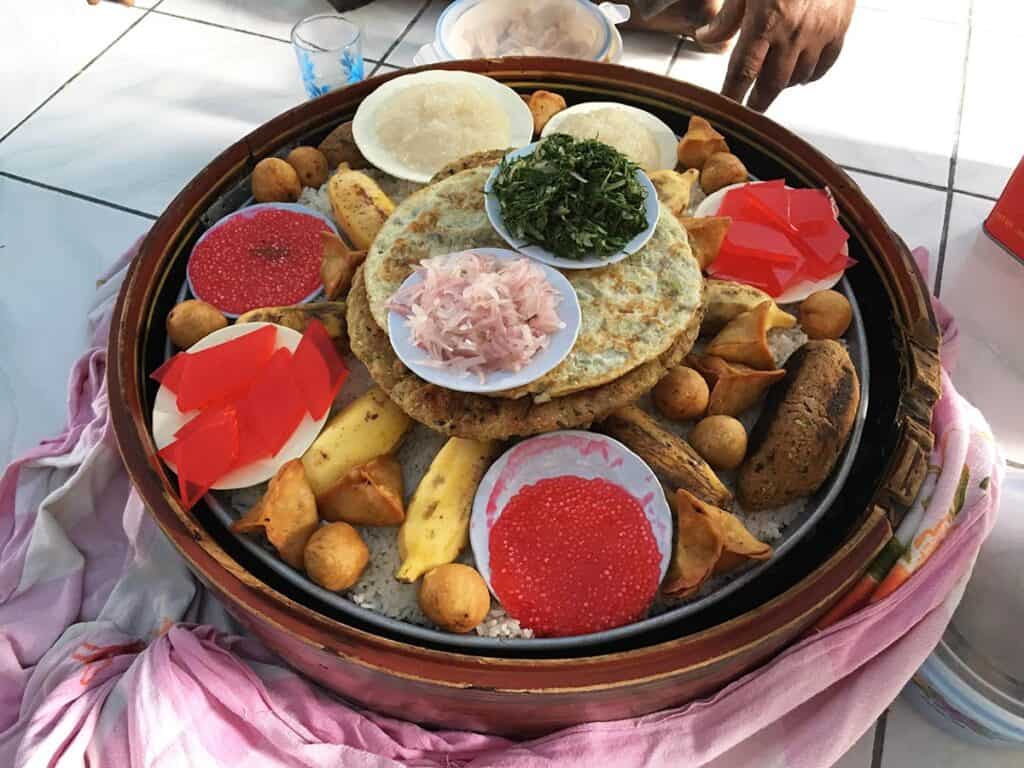
Eid al-Adha Celebrations
Maldivians celebrate the Eid al-Adha, to mark the end of the annual Islamic pilgrimage to the holy city of Mecca in Saudi Arabia. This is the biggest celebration for the year and major cultural activities and music shows are organized in the islands.
The capital city of Male’ gets practically empty as many people take advantage of the week-long holiday and depart to the islands to join the celebrations. Cultural music, dances, games, and processions are activities that most of the islands will never miss. Local film stars and dancers will perform in the islands as well.
